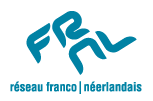A virtual crossed Creathon experience
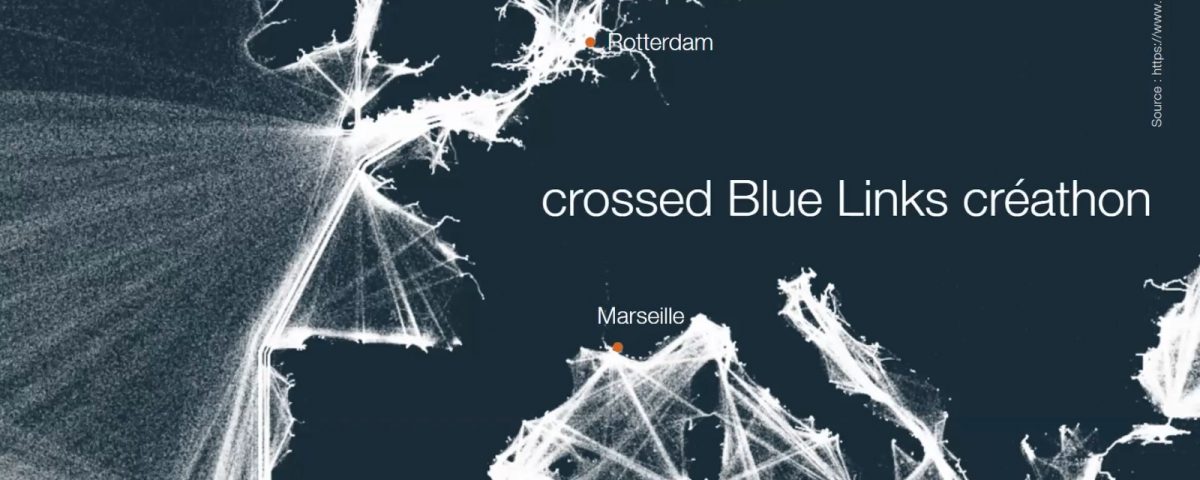
Two interviews conducted by Sarah Streim from ErasmusX
The Creathon, which stands for “Creative Marathon” is an annual event initiated by the French Institute in the Netherlands which links a Dutch and a French city sharing similar challenges in terms of sustainable urban development.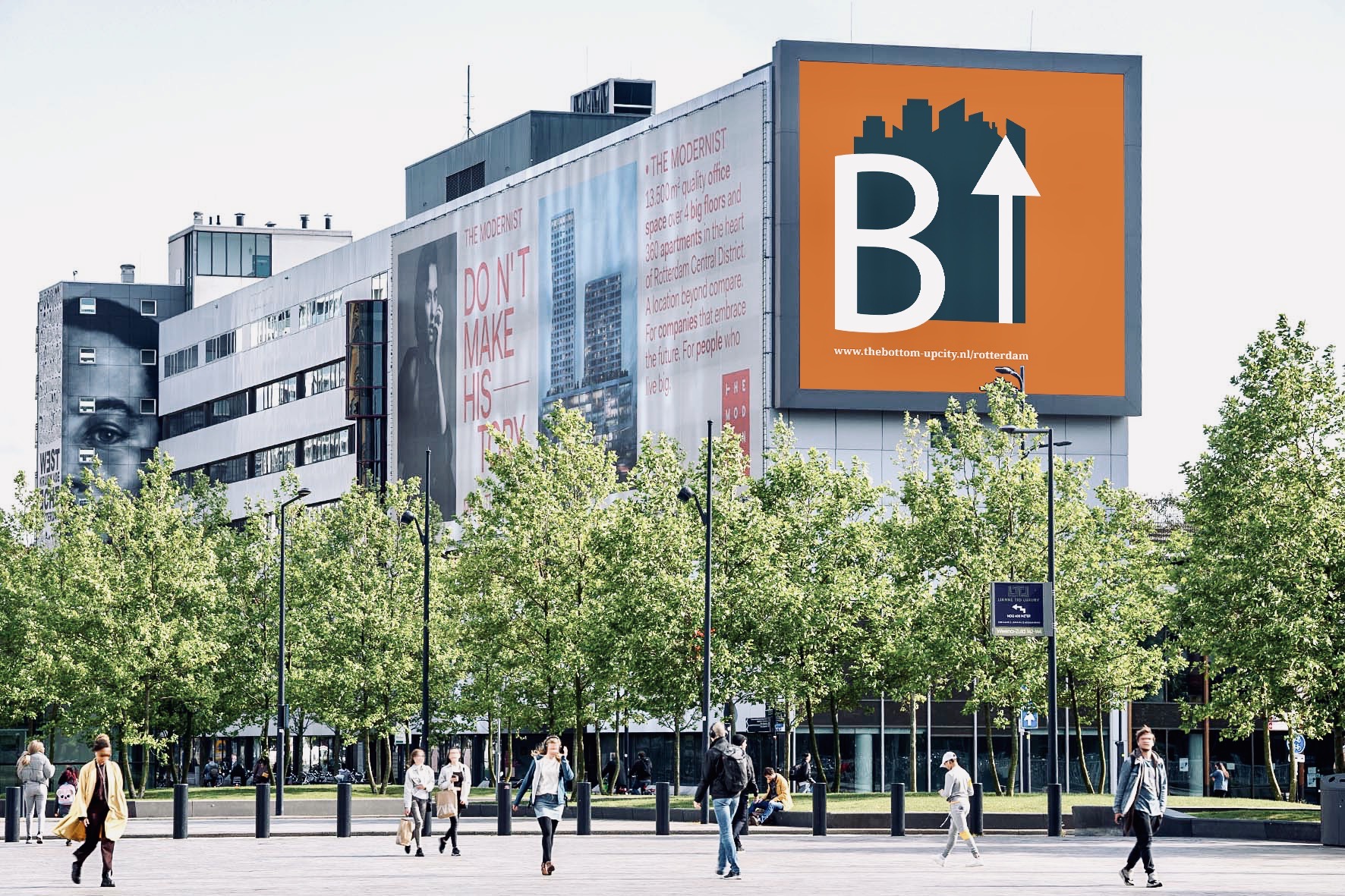 In 2020 the “Blue Links Creathon” connected the two cities Rotterdam and Marseille and challenged its participants to rethink similarities of the two cities and how they can play a role in future design and architecture, environmental and societal impact. Partners from Rotterdam were among others the Maritiem Museum and the Erasmus University (EUR). At EUR, Frieda Franke from ErasmusX helped finding motivated students to participate. One of them, Houda Nabih (21) studies International Relations and Organization at Leiden University. She was born in Rotterdam but moved to France at the age of 11. Her fluent French as well as her Moroccan roots came in handy at some points during the Creathon. Another participant, Selene Bruni (19) originally comes from Italy, went to high school in Brussels and currently studies Economics and Business at EUR. She actively engages in promoting environmental improvements via several platforms.
In 2020 the “Blue Links Creathon” connected the two cities Rotterdam and Marseille and challenged its participants to rethink similarities of the two cities and how they can play a role in future design and architecture, environmental and societal impact. Partners from Rotterdam were among others the Maritiem Museum and the Erasmus University (EUR). At EUR, Frieda Franke from ErasmusX helped finding motivated students to participate. One of them, Houda Nabih (21) studies International Relations and Organization at Leiden University. She was born in Rotterdam but moved to France at the age of 11. Her fluent French as well as her Moroccan roots came in handy at some points during the Creathon. Another participant, Selene Bruni (19) originally comes from Italy, went to high school in Brussels and currently studies Economics and Business at EUR. She actively engages in promoting environmental improvements via several platforms.
The Creathon took place in September and October and the participants were split up in three project groups: 1. Bottom-Up City, 2. Urbanizing Algae and 3. The Floating Roots. (Find out more about the projects here: https://ddw.nl/en/programme/3500/blue-links-creathon)
Houda and Selene shared some of their experiences in a short interview (via Zoom) with us:
How did you find out about the Creathon and why did you decide to participate?
HOUDA: That’s quite funny, Imane Faiza (Student Assistant at ErasmusX) shared about it on her Instagram story and I just spontaneously figured that it sounds interesting. That way I was put into contact with Frieda Franke who shared more details with me. Then I wrote my application and one of my main motivations to participate were the societal and sustainability aims of the Creathon.
I just started the journey of trying to reduce my Co2 footprint and have a more ecofriendly and sustainable lifestyle for social reasons. I started questioning how I can consider myself a decolonial feminist but still buy clothes from brands that exploit female employees and children instead of fostering their financial independence within the Global South. Since that realization I haven’t bought fast fashion anymore and tried to combine ecological sustainability and its impact on social sustainability as much as I could during the Creathon.
SELENE: I used to study a different course a couple of years ago and one of my ex-colleagues shared their university page regarding the project. It quickly caught my attention as I always liked architecture and I am considering applying to the master in Urban, Port and Transport Economics.
I decided to apply to participate as it seemed the perfect opportunity to challenge myself to express my creativity and to apply some insights of blue economy that I had gained through projects I previously undertook.
Tell me about your experiences at the Creathon itself, how did your days look like?
HOUDA: To be honest I was not expecting it to be that intense. The project day itself goes from 9:00 to 17:00 but you are usually not done with that but keep on searching for information about for example Marseille and ongoing sustainability projects. While that was a challenge during the first session in September, I managed to enjoy it more in the session in October, maybe because I got used to the intensity. Our project idea in the second session (The Floating Roots) was to make use of old ships instead of demolishing them in countries of the global south, by planting floating gardens on them. That way we can manage to reduce human and environmental costs in the global south as well as benefit from mobile greenspaces in our local communities. We had different ideas of what to plant on the ships (find more information on the project here: https://prezi.com/p/edit/dmvnbgetcqzk/) one of them for example being a mobile medical herbal garden. Herbs and their benefits have different values depending on the culture. For example, with my Moroccan background I know that cumin is
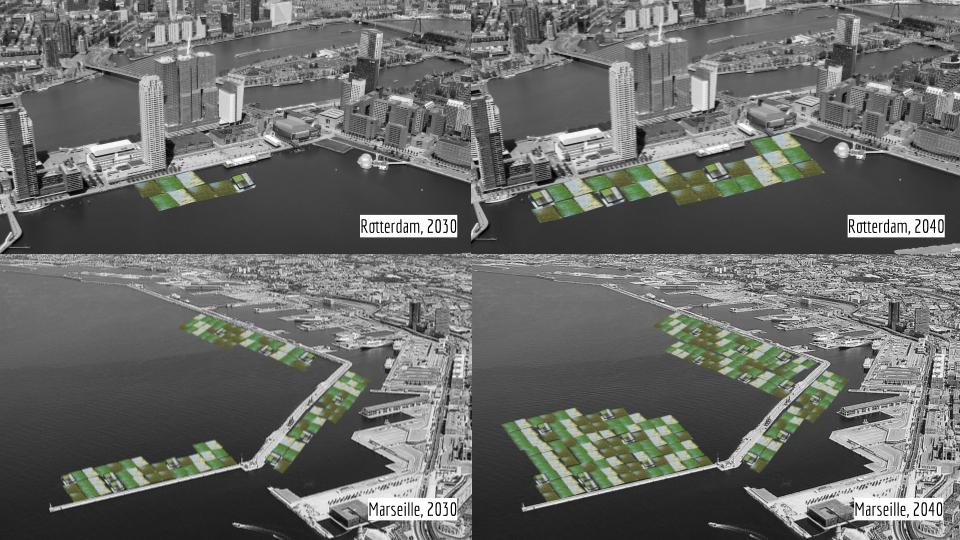
good against belly ache. In that sense cultural exchange can take place and intangible knowledge that might otherwise be forgotten can be shared. So yeah, an overall connection of positive sides.
SELENE: There were project days in September and in October. The September workshops were more intense. Nevertheless, I still preferred them: they left more space to brainstorming and inspiration. As in the second part of the project some people could not participate anymore, my initial team was split. One of my teammates and some of our ideas were joined to another group which ended up winning! It was nice to see how projects using similar elements could be transformed into a new one through good collaboration.
The group I joined focused the project on human flows. Our idea, Bottom-Up City, aimed to empowering the locals towards their ambitions by supporting the campaigning and fundraising of grassroots initiatives, as well as their preparation and realisation. The combination of the digital medium and physical installations would have incentivised the exchanges and movements within the city, thus reducing social division. Indeed, the micro-scale and plural cultural scenes enabled by a Bottom-Up approach would have democratised the access to culture. Moreover, the project would have been enabled by micro-funding and volunteering thus the citizens themselves would have become the active actors, the “creathonians”. The scattered and temporary nature of the installations would have contributed in the preservation of the identities of the neighbourhoods and in the reduction of gentrification threats.
Who was part of your team?
HOUDA: We were a quite diverse group, which also made it work so well. We had an engineer student in our group, students from different studies such as management as well as a young professional working in project design. The intersectionality really helped in having different point of views on the issue.
SELENE: My groups had several members pursuing creative careers, as architects and urbanists, and I tended to be the one bringing in the more “down to hearth” perspective, thanks to my Economics background.
This year everything happened online, how did you experience this?
HOUDA: In the beginning we had to get used to it, especially the brainstorming process is a lot harder on zoom because it is not possible to just take a moment with another person and get back into the conversation. It was better in
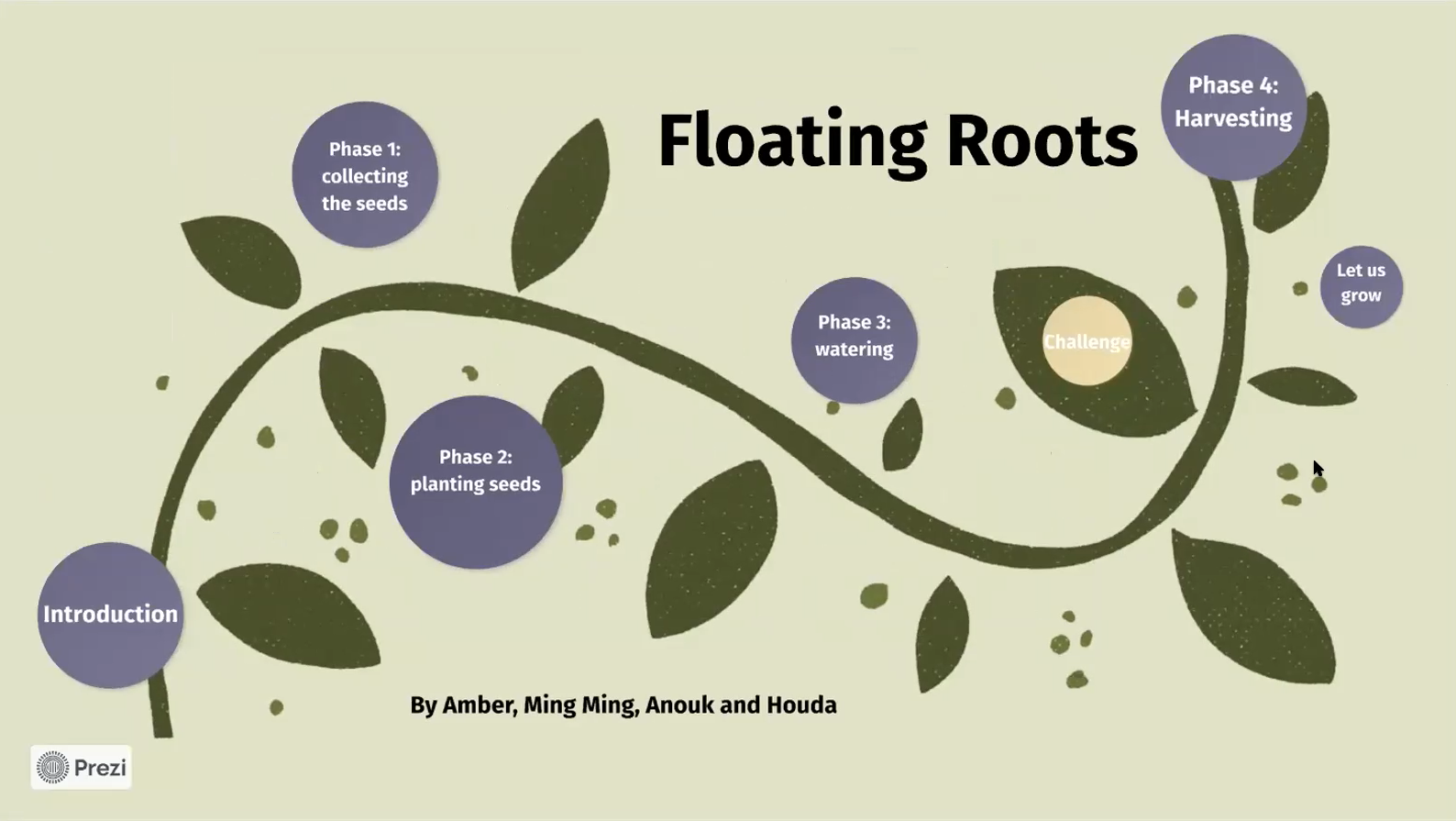 the second edition because everyone had the first attempt to get used to it and got used to your own way of productivity. Additionally, it was a big advantage to make more consistent use of the shared screen function in the second edition.
the second edition because everyone had the first attempt to get used to it and got used to your own way of productivity. Additionally, it was a big advantage to make more consistent use of the shared screen function in the second edition.
SELENE: It took a bit of time to get used to it. However, after some trials and errors we would always find a solution to adapt the managing of the brainstorming/working sessions in a way that would be optimal for the group.
What is your biggest takeaway from the event?
HOUDA: That’s actually a good question. I think my biggest takeaway is that the future is (necessarily) creative. My idea before was that scientist and engineers will find green alternatives for the future but what you also need is a creative and clever impulse to really make a change. For really having a big impact you need to be able to keep in eye all elements involved in that sense it is important that we (as western countries) widen our scopes to a global level. The initial thought of just locally getting rid of old ship wreaks is not enough, because we do not take the harm created on a larger scale into account. Including the needs of the global community within local interests is in my opinion the way we can make a positive change. At the end of the day, what goes around comes back around so you are maybe not realizing the costs of dismantling your ship in the global south now but later it will come back to you. Realizing that the inclusion of different communities important and being aware that our local community is very often benefiting from the global community without giving back. Change needs to start local to expand globally.
SELENE: My personal takeaway has been to allow my creativity to flourish beyond what is strictly possible within a budget.
Another thing that has enriched me is to get acquainted with the concept of multipurpose: several stakeholders have to be taken into account in the process of creating innovative solutions, both locals and tourist, both citizens linked to the community and not, etc… The coaches also really pushed forward the question: “If you already have the physical structure, what else could you add to it to make it even more important for the community? How could the flows of these projects connect?”. I do believe that this perspective will grow more in importance over time in the development of innovative solutions and will forge more local cooperation, which may then eventually translate into scaling up of the solution.
Would you participate again?
HOUDA: I think I really would, especially if it would be in real life. Especially because of the connections you make and the different people you get to know. Now people from Marseille have a place in Rotterdam and vice versa.
SELENE: I would love to; I made some good friends and this experience gave me a different perspective on how to approach problem solving (starting by doing researches to get some inspiration rather than looking already for the solution) which is something I will definitely start doing more often.
And lastly what would you tell a future participant?
HOUDA: First be clear with how much you are capable to give in terms of energy and allow yourself to take breaks. Do not hesitate to make links between things you think are unrelated because in the end of the day everything is somehow connected. Dare to think out of the box and do not misjudge the value of art and creativity for sustainability. And most importantly do not forget to have fun! You can understand the Creathon more as a creation of a big community and ideas instead of a competition, we all shared our knowledge and ideas with each other which makes it such a unique and great experience. Just absorb as much as you can, especially from people from other disciplines!
SELENE: Dare to think out of the box and see the Creathon as a creation of a big community and ideas instead of a competition. And try to work on a theme that is not strictly linked to what students are used to study/do. Maybe at first the research of inspirations and information could be harder, but the final result would pay off! Moreover, it would probably make the experience more educative.
